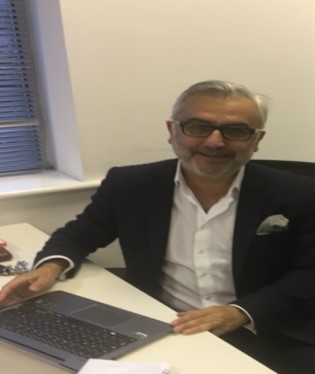
Guest blog by Alan Dovey, Clinical Director, Working Minds UK
Freudenberger coined the term “burnout” in his seminal 1974 book. It was a term at that time used to describe chronic drug use. Probably the most famous researcher that has taken up the cause is Christina Maslach who has broken burnout down to a psychological syndrome of emotional exhaustion, depersonalization and reduced personal accomplishment:
- Emotional exhaustion: As emotional resources are depleted, workers feel they are no longer able to give of themselves at a psychological level.
- Depersonalization: Negative, cynical attitudes about one’s clients or colleagues.
- Reduced personal accomplishment: The tendency to evaluate oneself negatively, particularly regarding one's work with clients. Workers may feel unhappy and dissatisfied with their accomplishments on the job.
For this blog though I want to leave the academic definitions at this point and discuss practical issues surrounding the concept of burnout.
The World Health Organization defined burnout as an Occupational Syndrome in 2019 and formally published this in ICD-11 in 2022, but also made it clear it is not a medical condition.
I have worked as a Consultant Cognitive Behavioural Psychotherapist for 23 years in the field of occupational health (OH) and medicine with large private and public sector organisations, including emergency Blue Light services. Knowing what I know now, I can safely say I have treated people with burnout many times under the umbrella of calling it depression. I have always felt there was a major difference.
From what Maslach talks about it is the Process. This sounds obvious to clinicians as the process of becoming depressed (loss driven) can be quite different from the burnout process, but it is not for the clinician to see this difference - it is for the patient/client to understand this difference. By showing the client their journey (going through the timeline), they can see the stages of burnout and thus learn from the process, reducing chances of this happening again. If we treat it as depression, then we treat the outcome not the process. The outcome of burnout is consistent with the symptoms of depression but the process is predominantly different.
The reason this is paramount is that for some people burnout is written on their birth certificate in their genetic predisposition. Think of the big five traits of personality: the biggest marker (along with IQ) for success is Conscientiousness – it makes people, but it breaks people. Given the strong trait factors that can lead to burnout, learning from hitting the wall the first time will hopefully prevent a second or a third - as bouncing back gets harder each time, as we’ve all no doubt seen in the OH setting.
It is also important to note that organisations can alter the work environment to make burnout less likely.
Also delving deeper into the concept – how can we prevent a process that starts off so exciting, supplying an abundance of dopamine and serotonin, feeding our ego and self-esteem, giving us the accolades we desire, before it tips us over the edge into suffering?
Alan Dovey is Clinical Director of Working Minds UK and Senior Lecturer, University of Staffordshire School of Health Science and Well-Being.


